Sigma has produced perhaps more lenses than anyone over the past five years, but few of them are as important as the Sigma 70-200mm F2.8 OS | Sport. Not only does this complete Sigma’s “trinity” of fast aperture zooms (14-24mm F2.8 ART, 24-70mm F2.8 ART), but there are few lenses more indispensable to professional photographers than a 70-200mm F2.8. Speaking personally, I can safely say that when I shoot weddings, events, and even portrait sessions a 70-200mm F2.8 is the first lens I reach for. The challenge for Sigma is that because this is such an important lens, a lot of lens makers have invested time and effort in developing good lenses in the class. Sigma doesn’t just face competition from Canon and Nikon, but Tamron’s excellent SP 70-200mm F2.8 G2 already provides a solid third party alternative at a fantastic price point. Sigma absolutely has to get this one right, as response to their 24-70 ART was somewhat tepid and many reviewers (including myself) declared the Tamron 24-70mm F2.8 G2 the better lens. Don’t expect Sigma to get outdone again, however, as the Sigma 70-200mm Sport is a serious, professional grade lens that is going to challenge everyone in the class on merit alone. The downside is that it is a (slightly) bigger and definitely heavier lens than competitors. The 70-200S is Sigma’s answer to the major players at this most important of focal ranges. But is it enough? Read on to find out.
Check me out on: My Patreon | My Newsletter | Instagram | Facebook | Twitter | Flickr | 500px | Google+
Prefer to watch your reviews? Watch my thorough video review to get all the details!
Sigma 70-200S Build and Handling
If you want a nice, close look at the lens and its features, I recommend that you watch this video episode here:
Size and weight seems to have stopped being a consideration for Sigma about the same time as they switched to their new “Global Vision”. Their serious lens releases since that point have typically been the largest and heaviest in the class, and that’s no different here. 70-200mm F2.8 lenses have never been known for being petite, but Sigma delivers a lens that increases the weight over competitors by more than 300 grams. The Canon L III weighs 3.26lb (1480g), the Tamron G2 lens weighs 3.31lb (1500g), and the Nikkor ED VR lens weighs 3.15lb (1430g). The Sigma Sport? It comes in at a hefty 3.97lb (1800g). That’s nearly a pound heavier than the Nikkor lens. And, unlike the competitors, the tripod collar on the Sigma is not removable (it can be fully rotated but not removed), and so you can’t reduce that weight if you don’t need a tripod mount. I often shoot the Tamron 70-200 G2 without the tripod collar attached, so when I weighed it as I typically use it, it came out at 1387g. The Sigma tipped my scales (without caps) at 1812g; a little over its listed weight.
The 70-200S is also the longest lens in the class, though this is by a fairly tiny measure. It is essentially 8″ long (203mm), making it only a half millimeter longer than the Nikkor lens, 9.5mm longer than the Tamron, and 3mm longer than the Canon. Where the extra weight comes into play is more due to the diameter of the 70-200S. It is 3.71″ (94.2mm) in diameter and sports a larger 82mm filter thread (every other 70-200mm F2.8 lens I’ve used has been 77mm). All the other lenses are within a millimeter of each other in diamter, at roughly 88.5mm, making the Sigma nearly 6mm wider (which is accounted for in that larger filter size).
That’s the bad news.
The good news is that this is a very, very well made lens. It feels more professional grade than any 70-200mm lens I’ve used before. The Tamron G2 that I have on hand for comparison feels very well made. It is sleek and modern, but when I compare the two the lens the Sigma feels more “military grade”. It employs more of a flocked matte finish that seems highly resistant to either fingerprints or scuffing (something that the Tamron is less immune to). The feel of the rings are more robust. Sigma tends to give its Sport lenses the highest grades of build, and that seems very true here. The barrel is made from magnesium alloy, which is the same extremely tough material used in pro-grade camera bodies.
Included in the build quality is a thorough dust and splash proofing, including a rear gasket, internal seals, and coatings to the outer element surfaces to resist moisture and oils (fingerprints). These make the elements easier to clean, too.
One new design element that I’ve not seen previously on a Sigma lens is a locking mechanism on the lens hood. While I’m not personally convinced that a lock is necessary, I know that others do value this. I also noted that Sigma has done the best job I’ve seen with such a locking mechanism. It’s wide, easy to depress, and has nice mechanical functionality to it. The lens hood is nice and lightweight as well, and has other nice Sigma touches like a soft touch transition area and ribbed section that makes it easier to twist free.
Another new feature is the inclusion of a custom button on the lens (often reserved for very expensive super telephotos). This button is repeated on three sides of the lens to make it easy to access in multiple orientations.
There are various options you can assign to the custom button. On a Nikon body you can program this only through the Sigma USB Dock (and the Sigma Optimization Pro software). Since I have a Canon EF mount lens, that option is greyed out in the software, and the value is assigned in the Canon camera menu (see photo).
In my case, I programmed the button to switch between Single Shot and Continuous AF modes. This is really useful to me when I’m shooting events or weddings, as different modes suit different moments. I consider this a useful addition.
Also useful is the two custom modes included on the CUSTOM switch. These values are programmed through the USB Dock. I chose to program C1 to unlock the Faster Speed Autofocus option (more on that in a moment) and assigned C2 to a third OS (Optical Stabilizer) mode. Sigma allows one to choose autofocus prioritity (speed, accuracy, or the standard mode which tries to balance the two). Many have noted that the Speed option gives a bit more speed without any real accuracy cost, and that appears to be the case here. Speed is mildly faster and accuracy seems about the same.
As for the OS mode, I prefer Tamron’s approach where their VC switch has 3 different options. Modes 1 and 2 are fixed (standard and panning, as they are here on the Sigma), while Mode 3 can be programmed in two different directions (one video-centric mode which stabilizes all the time and a dynamic mode that focuses on stabilizing the final image without affecting the viewfinder much). Sigma has a similar mode to this, which I’ve programmed to C2, but I like Tamron’s approach better as it groups the stabilizer options together. Sigma’s approach means that you have to choose C1 or C2, so in my case I can have the faster AF option or the stabilizer option that I want, but I can’t have both at the same time. Still, having more options here is welcome, so kudos to Sigma for that.
I did find that using the programmable Mode 3 made a difference. I took these shots while being waist-deep in snow and with an outside temperature of -20C. The shot is 1/13th second at 200mm. In the first shot (one of about four with similar results), I used the standard mode (1). I could not get a steady result (a lot of motion blur). I switched to the Mode 3 that I programmed to C2, and got a much better result with my first try.
If you don’t need a super-steady viewfinder, this is going to give you the best final results. This is one area where Sigma lags a little behind Tamron, however, as the G2 is rated at 5 stops of assistance in this mode while the 70-200S is rated at 4 stops.
Other switches include controls for the OS, a focus limiter with Full and 3m-∞ options, and the control switch for the autofocus.
There is a distance window and various lens designations on the barrel. The closest ring to the camera is the manual focus ring, which is about an inch wide and has a high-quality feel to the rubberized materials. The ring moves fairly well for an autofocusing lens. The zoom ring is the farther ring, and I like the fact that there is a bevel mid-way through it that makes it very easy to find by feel. It’s about twice as wide as the MF ring, and the zoom action has a very precise damping that feels more professional-grade than the Tamron, which feels a little looser and more inconsistent by comparison. The 70-200S both zooms and focuses internally, so, while large, the outer dimensions of the lens never change in operation.
I’ve riffed on the tripod collar a bit, but I do want to balance that with some praise. The tripod foot is a little more robust than Tamron’s and also shares its Arca-Swiss compatibility, which is a big deal to me. Canon still neglects to do this at times, but it is so helpful to be able to just mount the lens on a tripod without messing with a quick release plate. Every tripod foot should have this compatibility. The collar also has easy-to-feel detents at the four points of the compass and the locking knob has a quality feel to it.
The 70-200S is compatible with, well, a lot of things. It works with the USB dock as mentioned, and is eligible Sigma’s lens mount conversion. It’s also (importantly!) compatible with Canon’s Lens Aberration Corrections, which means that JPEGs receive in-camera correction for Distortion, Vignette, Chromatic Aberrations, and Diffraction just like a Canon lens would. This is a definitely advantage over Tamron, and if you favor shooting JPEGs, it is huge! RAW files will need correction in post just like other lenses.
I’ve noted a secondary advantage for Sigma lenses that are supported like this. Because the camera accurately recognizes the lens, it means that certain lenses (like this one) play better with Canon’s own teleconverters. Both Sigma and Tamron make their own TCs, of course, and would recommend that you use them, but I’ve heard a lot of comments from my viewers that suggests that many photographers are uninterested in dropping another $400+ on a branded TC, particularly if they already own one for Canon or Nikon. The Tamron G2 lens does not play well with my Canon Extender 1.4x III, but the Sigma 70-200S works just fine. It reports fine, focuses fine, and produces good quality results.
In fact, the lens is also eligible with Sigma’s MC-11 converter, which means that 70-200S behaves better on a Sony body than any other non-Sony telephoto that I’ve used. It works fairly close to a native lens, which I certainly can’t say for the Tamron or Canon 70-200mm lenses that I’ve tested on it in the past. What’s more interesting, though, is that it also works fine with the Canon 1.4x III attached to the MC-11 and my Sony a7RIII. Autofocus continues to work fine (a little more hunting in difficult situations but otherwise good), image quality is good, and everything reports correctly save the lens designation (the lens now reports as DT 98-280mm F0 SAM). A small price to pay for that additional functionality! Here’s a few samples shot with that combination:
These are some real advantages over Tamron (and even Canon or Nikon) if they apply to you and further extend the value proposition of the Sigma.
If adding more size and weight to an already large class of lens doesn’t turn you off, then I suspect nothing else about this design will. This is one of the best built, best executed Sigma lenses that I’ve used.
Sigma 70-200S Autofocus
Before elaborating on autofocus in the native Canon EF mount that I’m reviewing here, I first want to reiterate that if you are looking for a lens to use on dual systems (Canon and Sony), the Sigma is most definitely the way to go. Sigma did a very clever thing when they introduced the MC-11 mount converter. It is a great adapter (my favorite, actually), in its own right, but more importantly, it has given Sigma lenses a “baked-in” advantage over all other lenses when it comes to adapting them to Sony bodies. It is fine-tuned to Sigma’s focus algorithms and they have been very proactive about keeping it updated. I’ve seen a steady improvement with the quality of focus that it produces with my non-Sigma lenses, but the advantage is even clearer when using Sigma lenses. Adapted Sigma lenses are the closest thing to native AF performance from a non-E-mount lens, and that’s certainly true here. When shooting in AF-C mode there is a bit of sound as the autofocus continually makes microadjustments (different focus motor than the typical mirrorless lens), and there is a little more sound even in AF-S for the same reason, but this is essentially true of all lenses without the stepping/linear motors more typically used in mirrorless lenses. The 70-200S focuses quickly and confidently on my Sony a7R3 body. Functions like Eye-AF are well supported.
Image quality with my a7R3 is unsurprisingly excellent. It has a great sensor, and the great resolution of the 70-200S pairs nicely with the camera. Take a look at the detail captured in this 100mm shot at F5.6:
Another thing I enjoy about using such a lens on Sony is that I have APS-C/Crop mode mapped to my C1 button, where at the press of the button I can switch to a cropped mode where I’ve got 300mm of equivalent reach at a still very useful 18 MP. Yes, I could achieve the same thing by cropping later, but often when shooting an event or something similar, getting the framing I want in the moment is more important. Take a look at this two orchid shots: one is in FF mode, the second in APS-C mode. Being able to make this choice in the moment is very useful, and you can see autofocus is nailed in them both:
The lens reports accurately on a Sony body in every way, and that further extends the usefulness when sorting and cataloging in Lightroom or Luminar’s library module. Here’s a few more Sony shots:
In the past I’ve frequently criticized Sigma lenses for inconsistent autofocus accuracy, but fortunately that has really changed in the past year. I’ve reviewed about 5-6 straight Sigma lenses that have shown markedly improved autofocus accuracy, and that includes the 70-200S. I address a minor front-focus tendency through a quick AFMA, and have had nicely accurate focus results since. This includes using points outside of the center group on my Canon 5D Mark IV.
I had good results in a portrait session as well, with good focus results on the face:
Autofocus speed (after enabling focus speed priority in the USB Dock) seemed roughly on par with the Tamron 70-200mm F2.8 G2, so roughly on par with competing lenses. This is a lens that is going to meet the needs of the average photographer just fine. If you are a professional sports photographer on the sideline of a major event, you might want to elect for the Canon 70-200mm F2.8L IS III for the peace of mind in autofocus speed, but I’m not sure there’s much of a difference.
All in all, Sigma has done a solid job here with the autofocus. The HSM (Hypersonic Motor) gets the job done without any major missteps that I’ve spotted.
Sigma 70-200S Image Quality
Whenever I review a lens that has thrown out either price constraints or size restraints as a part of their design philosophy I tend to be a little more critical. Sigma has shown restraint with pricing on this lens, but they have given us a larger, heavier lens than competing lenses, so I feel that needs to counterbalanced by build and image quality gains. We’ve seen that this is true to some degree with the build quality, but how about the optical performance? I did a lot of direction comparisons of the lens with the Tamron 70-200mm F2.8 VC G2, which I consider to be the main competitor to the lens on either Canon or Nikon. We’ll break down my observations into two categories: Resolution and Rendering.
It should be noted that Sigma didn’t skimp with expensive elements in this optical design. There are nine top-grade FLD (Fluorite Low Dispersion) elements and an SLD (Special Low Dispersion) element in the optical path, which is the most complex of competing lenses with 24 elements in 22 groups.
I’ve observed that in the internet age people want clear-cut answers. They want to be able to Google “which 70-200mm F2.8 lens is the best/sharpest” and get a simple answer. As someone who spends extensive time with dozens of new lenses every year, I can safely tell you that this is rarely the true reality when testing modern lenses. The answer is inevitably much more nuanced. Is the 70-200S the best 70-200mm F2.8 lens on the market? After weeks of extensive tests, I can’t answer that question, but I can safely say that this is a truly excellent optical instrument.
Sigma 70-200S Resolution
The best way to view my findings as I compared the 70-200S and the Tamron 70-200 G2 is by viewing this video episode.
The first thing to note is that the Sigma actually shows a smaller amount of barrel distortion at 70mm than competing lenses. That’s very clear when compared with the Tamron:
While there isn’t yet a standard profile in ACR/Lightroom for the lens, I was able to easily manually correct for distortion and vignette, which makes it clear that the profile will be able to fix this easily:
My hope was that the larger diameter of the 70-200S along with the larger filter size would result in less vignette and better light transmission. I did not find that to be the case, however, for while there was some give and take, the Sigma showed roughly equal amounts of vignette as the Tamron (less at some focal lengths, more at others). The Tamron actually exhibited slightly better light transmission, too. The added complexity of the Sigma’s optical formula could contribute to that. Consider me slightly disappointed on this point, as I expect there to be a tangible tradeoff if I’m accepting more size and weight.
As I noted before, the end results when you look at the resolution are somewhat nuanced and can vary depending on where you look in the frame. At 70mm my conclusion was that the lenses showed a roughly even amount of resolution with give and take at different points in the frame. I do like the contrast better from the Sigma along the edge wide open. Stopping down a bit produces an uptick in sharpness and contrast to excellent levels all across the frame. Once again I slightly favor the contrast from the Sigma.
At 100mm both lenses are excellent in the center of the frame wide open but the Tamron is clearly stronger at the edge of the frame. Stopping down to F4 only widens the gap for the Tamron on the edge.
AT 135mm both lenses exhibit a very strong center performance (a theme across the focal range!) and a very strong edge performance. Stopped down they are roughly equal in resolution, but I slightly prefer the Sigma contrast:
Before moving on, let’s step back for a moment and consider just how good this performance is in the real world. It’s easy to get lost in pixel-peeping and the nth degree of comparisons without considering how good these lenses actually are. Here’s a real world wide open shot from the Sigma at 135mm along with a detail crop:
Pretty fabulous, no?
Moving on to 200mm is where I saw the biggest advantage for the Sigma (at least with the copies I’ve compared). In the center of the frame the difference is slight, with the Sigma showing a little stronger contrast and a tiny bit more resolution, but the difference is a little more pronounced on the edge. Stopping down closes the gap but the Tamron doesn’t quite catch up.
This advantage at 200mm also translates into better performance with a teleconverter attached. As previously noted, the Tamron does not communicate properly with the Canon 1.4x III attached. It acts like a 2x converter is attached for some reason. So, despite what the results say, this is at 280mm comparison at F4 for both lenses:
You can see the Sigma retains more contrast and a bit more resolution…plus it behaves properly. This would obviously not be a problem if I were using a Tamron TC with the Tamron, but the same would be true of the Sigma with the Sigma TC. I would argue that 200mm is the most important focal length in this zoom range, and a strong performance there is very important. That strong teleconverter performance further extends the usefulness of the 70-200S. This real world shot looks pretty great!
While I haven’t yet tested the Canon 70-200mm F2.8L III, I did spend extensive time with the Mark II while doing my review of the Tamron G2. To summarize my comparisons there and how they play out here, I would say that the Sigma is stronger than the Canon from 70-135mm and is roughly equal from 150-200mm. That means that the Sigma is competing at all tested focal lengths and is delivering arguably the most consistent performance across the range. So while Sigma isn’t “blowing away” any of the competitors in terms of resolution, it is the near the top of heap and represents essentially as good a performance as you are going to find in a zoom lens covering this focal range.
Sigma 70-200S Rendering
Beyond resolution there are still a lot of important considerations. In a second video episode I covered those other factors.
YouTube is prone to extremism. One reviewer or influencer notices something, makes a big deal about it, and that becomes the defining factor for a new piece of gear for a while until cooler heads moderate that reporting. That defining issue for the Tamron was “focus breathing”. In this context it means that the Tamron behaves as a lens with a much shorter focal length at close focus distances. It’s not until about 30 feet that the Tamron behaves like a true 200mm lens. One of the first questions I got about the 70-200S was whether or not it had the same issue.
It doesn’t.
It behaves similarly to the Canon or newest Nikkor lens (the previous model also struggled with this) with a near identical minimum focus distances and magnification. This is definitely my preference, though I will note a few areas of nuance here. With both lenses at their minimum focus distances you can see a notable difference in their degrees of magnification.
The Tamron can focus more closely, so if your subject is at the same distance (say six feet or a couple of meters), the amount of difference in magnification would be even more pronounced. Case closed, right?
For some, yes, but if you care to take a closer look, you find that the truth is a little more complicated.
First of all, the nature of the Tamron’s design means that while it has poorer magnification, it also produces better image quality at minimum focus distances:
The second truth is that the disadvantage on the 200mm end becomes an advantage at the 70mm. If you are in a room where you have limited space, you will find the Tamron the more flexible instrument. Look at this comparison at about nine foot away. The Tamron has about 25% more in the frame.
As I said, nuances. Still, in many situations the Sigma will have the advantage. At close to medium focus distances it will allow one to more strongly compress the scene, giving a more defocused background. Look at how lovely the defocused backgrounds are here:
I suspect that portrait photographers will prefer the Sigma for this reason. It will give more separation of your subject from the background at most portrait distances. It is definitely a lovely portrait lens:
Bokeh is a somewhat subject measurement, and I found the bokeh from the Tamron and Sigma lenses more similar than different:
I noticed a couple of minor differences. I do think that the Sigma grabs a few more hard edges at longer focal lengths, which is perhaps unsurprising considering that it has a little more contrast. Strong contrast doesn’t disappear in the defocused regions. The second difference is that I found the geometry of bokeh highlights gets a little more “squeezed” along the edges of the frame on the Tamron than on the Sigma, which is a positive for the 70-200S. The Sigma has a unique 11 bladed aperture to help keep bokeh highlights very circular, and it does a great job.
Chromatic aberrations are very well controlled. In field (real world) use, I didn’t really see any even in very high contrast situations:
All in all the Sigma 70-200S provides images with a lot of punch. It seemed competent for everything that I threw at it over my review period. If you’d like to see more images, check out the Image Gallery here!
Conclusion
Sigma is, in many ways, the latecomer to the party here. Tamron has released two generations of their 70-200mm F2.8 VC lenses since Sigma’s EX lens was released in 2010. Both Canon and Nikon have released newer versions of their own 70-200mm F2.8 lenses in that period as well. If Sigma had released this lens 3-4 years ago, it probably would have been heralded as the undisputed champ. In today’s market it is unquestionably still near the top in terms of build and performance, but Tamron’s 70-200mm F2.8 G2 is such a strong entry that the choice today is a little more complicated – particularly considering that the Tamron is an absolute bargain at $1299 USD. There’s no question, however, that the Sigma is also a strong value at $1499 USD. I feel that its build is a cut above that of the Tamron and every bit as good (if not better) than the Canon or Nikon versions. It’s performance is perhaps the most even of any of them, too, with no significant flaws that I could spot.
The Tamron SP 70-200mm F2.8 G2 is still the best value in the class, and I would choose it if I A) valued size and weight 2) didn’t plan to ever shoot it on Sony. If you are a Canon shooter and like shooting JPEGs, the fact that the Sigma has access to Canon’s corrections, works better with Canon teleconverters, and essentially lacks nothing that the more expensive Canon 70-200mm F2.8L IS III lens has makes it a compelling choice. If you want to also shoot your lens on Sony, don’t even think twice about it – the Sigma 70-200mm F2.8 OS Sport and the Sigma MC-11 are the way to go. If you are a Nikon shooter, I can’t really think of any reason why one would pay the additional $1300 premium to go the Nikkor 70-200mm F2.8E VR unless they were seriously paranoid about third party lenses (are there still people that feel that way?) The only fly in the ointment here is the additional weight of the Sigma. But if that doesn’t put you off, I suspect that you will love this lens if you add it to your kit.
Pros:
- “Military Grade” build – extremely robust
- Good weather sealing
- AF hold and custom function button and switches
- Fast, accurate autofocus
- Great image quality across the focal length
- Good performance with teleconverters
- Canon’s Lens Aberration Corrections support
- Works well with the Sigma MC-11 on Sony bodies
- Few optical flaws
- No focus breathing
Cons:
- Bigger and heavier than competing lenses
- Tripod collar cannot be removed
Thanks to Sigma Canada (Gentec) for the loaner!
Purchase the Sigma 70-200mm Sport @ B&H Photo | Amazon | Amazon Canada | Amazon UK | Amazon Germany | Ebay
Canon EOS 5D Mark IV (5D4): B&H Photo | Amazon.com | Amazon Canada | Amazon UK
Sony a7R III Camera: B&H Photo | Amazon | Amazon.ca | Amazon UK | Ebay
Sigma MC-11 Adapter: B&H Photo | Amazon | Amazon Canada | Amazon UK
Peak Design Slide Lite: Peak Design Store | B&H Photo | Amazon | Amazon Canada | Amazon UK
BenQ SW271 4K Photo Editing Monitor – B&H Photo | Amazon | Amazon.ca | Amazon UK
Adobe Photoshop Creative Cloud 1-Year Subscription
Alien Skin Exposure X4 (Use Code “dustinabbott” to get 10% anything and everything)
Visit Dustin’s Amazon Storefront and see his favorite gear

Purchasing your gear through B&H and these links helps fund this website and keeps the articles coming. You can also make a donation here if you would like. Visit my Amazon page for some of my gear of choice! Thank you for your support.
Great News! I can now offer a 5% discount on all purchases at Amplis Foto, Canada’s Leading Photographic Supplier. Please enter discount code: AMPLIS52018DA in your cart. It is good for everything in your cart, and is stackable with other coupons, too! It will take 5% off your entire order! Proceeds go towards keeping this site going and providing you with new reviews!
Check me out on: My Patreon | Sign Up for My Newsletter | Instagram | Facebook | Twitter | Flickr | 500px | Google+ |
Use Code “DUSTINHDR” to get $10 off ($15 CDN) Luminar and/or AuroraHDR
Keywords: Sigma 70-200 Sport, Sigma 70-200 Sport Review, Sigma 70-200mm Sport, 70-200mm Sport, 70-200 Sport Review, 70-200mm Sport Review, Dustin Abbott, Sigma 70-200mm F2.8 OS Sport, Sigma 70-200mm F2.8 OS Sport Review, Sport, 70-200mm, Sigma, Sport, OS, 1.4x, 2x, Extender, Sigma MC-11, Sony, Canon, A7RIII, 5D Mark IV, Review, Hands On, Comparison, Test, Sharpness, Distortion, Chromatic Aberration, CA, Video Test, Video, Sample Images




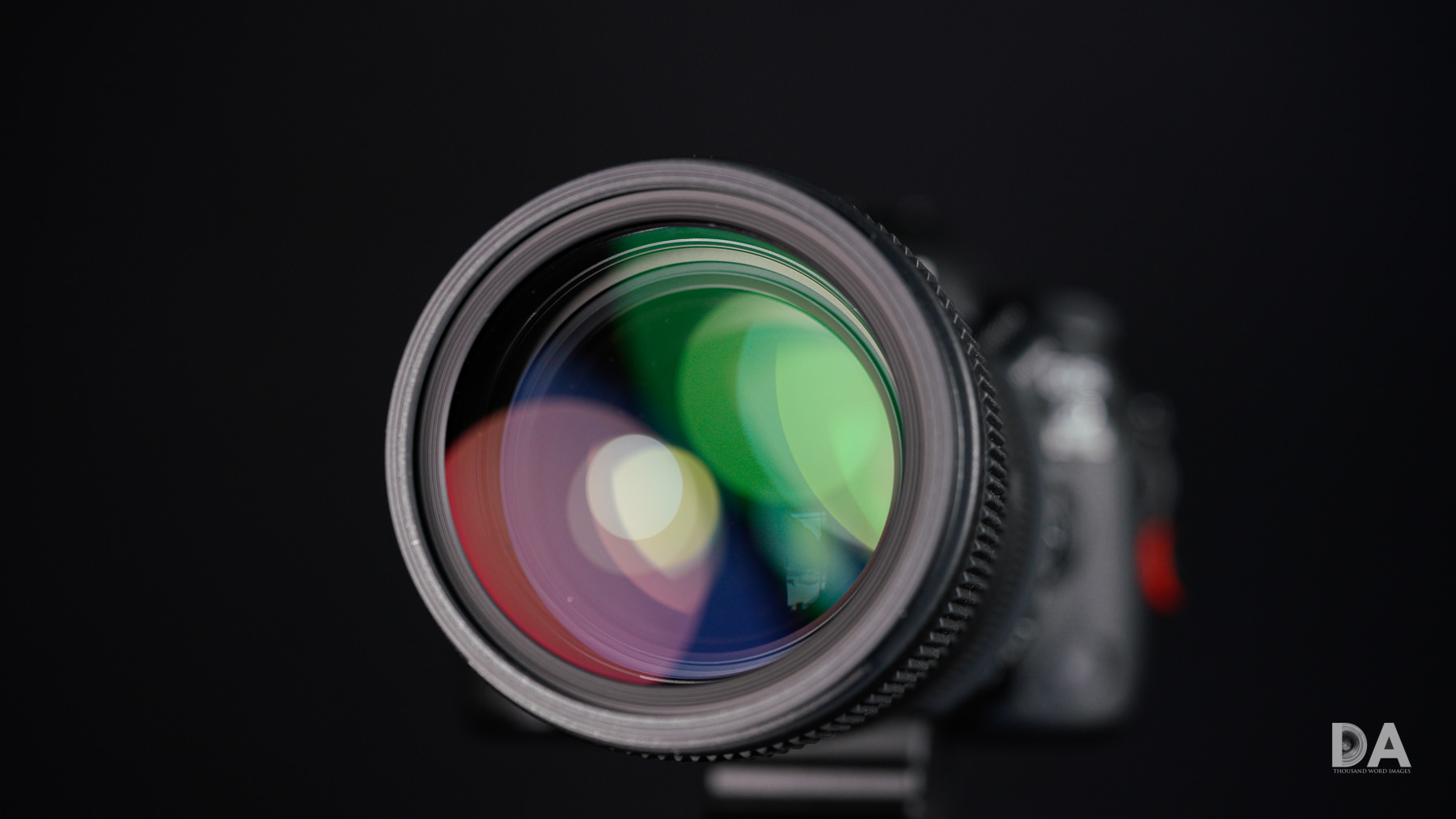
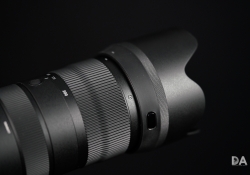

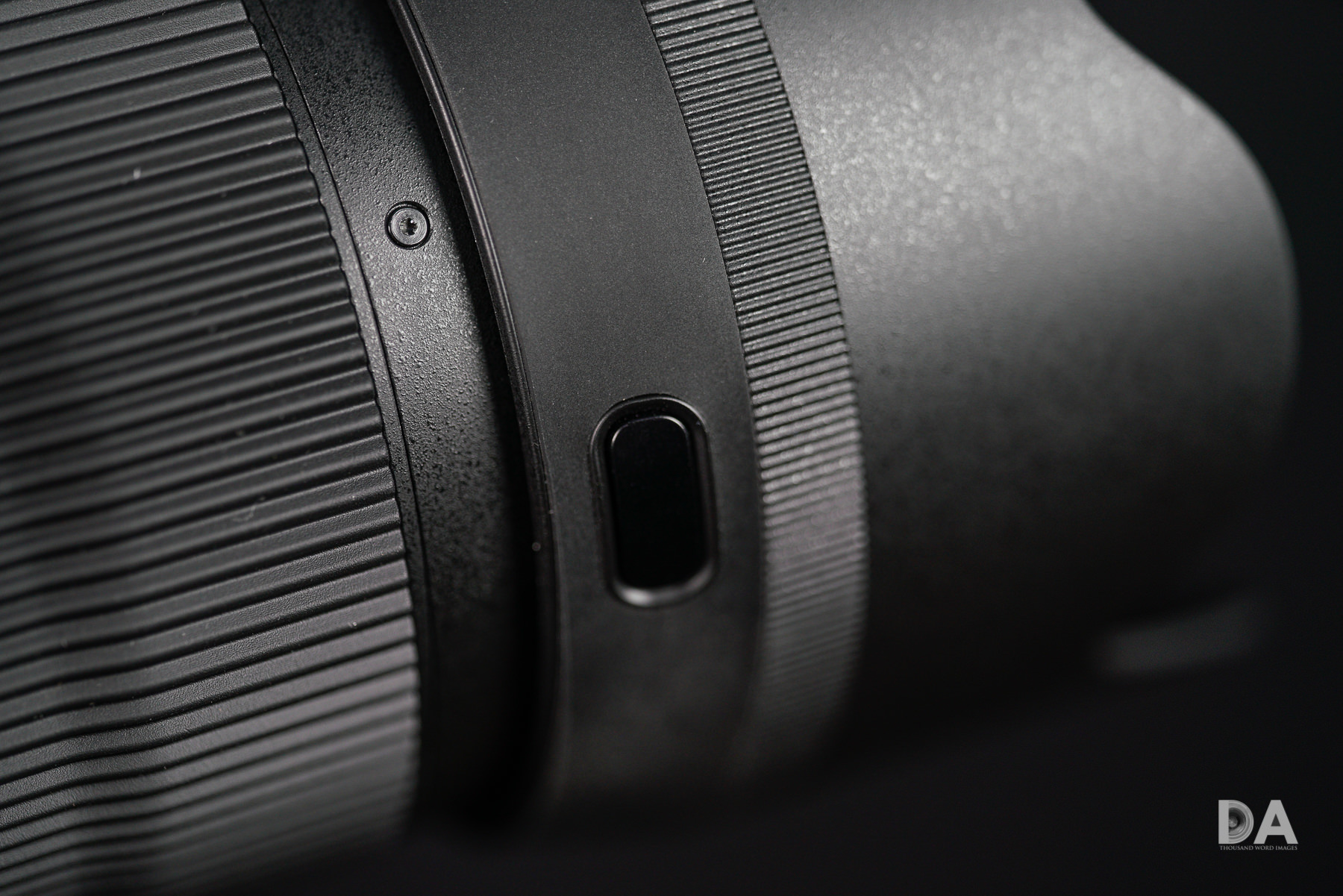
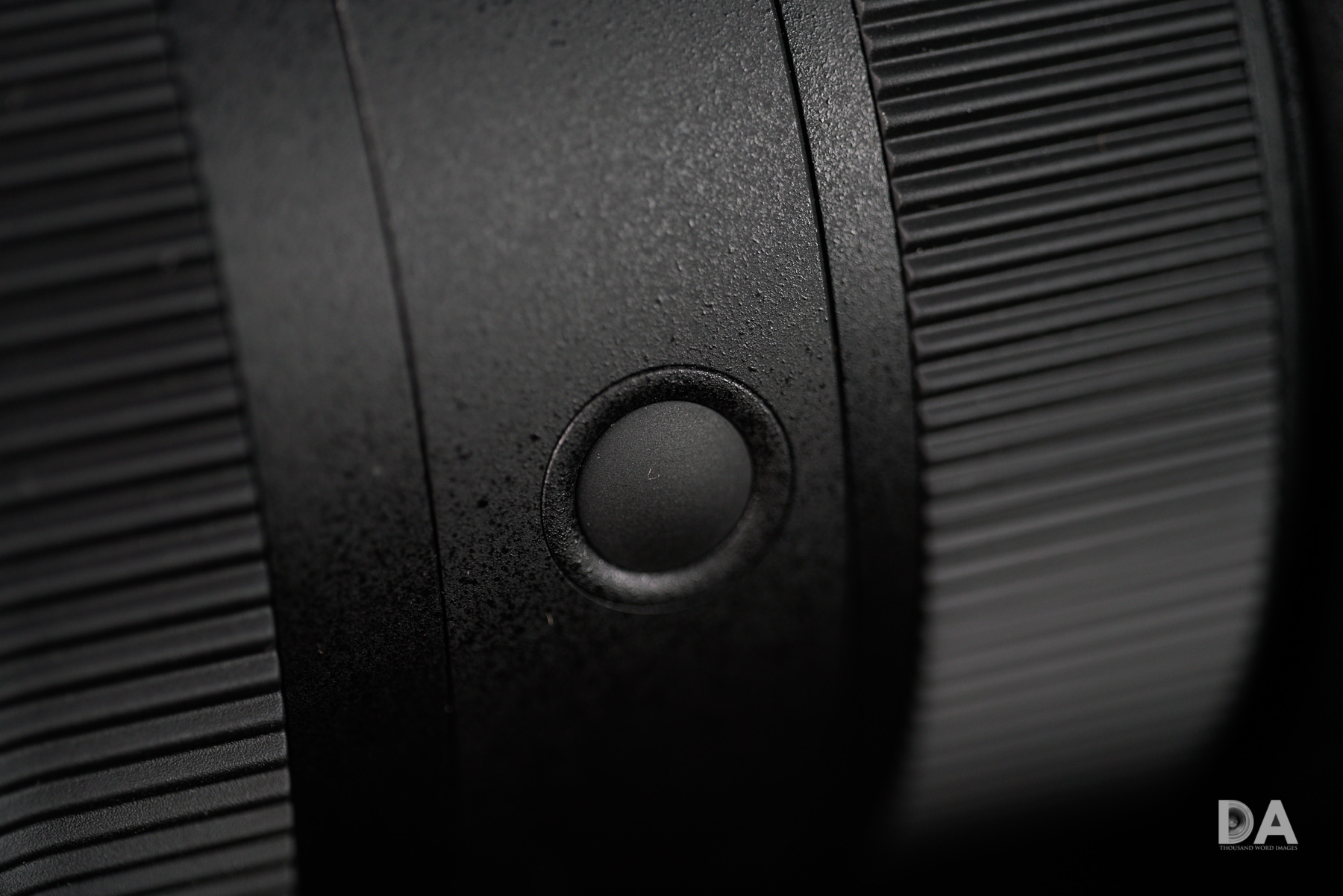
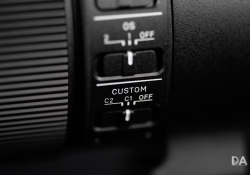


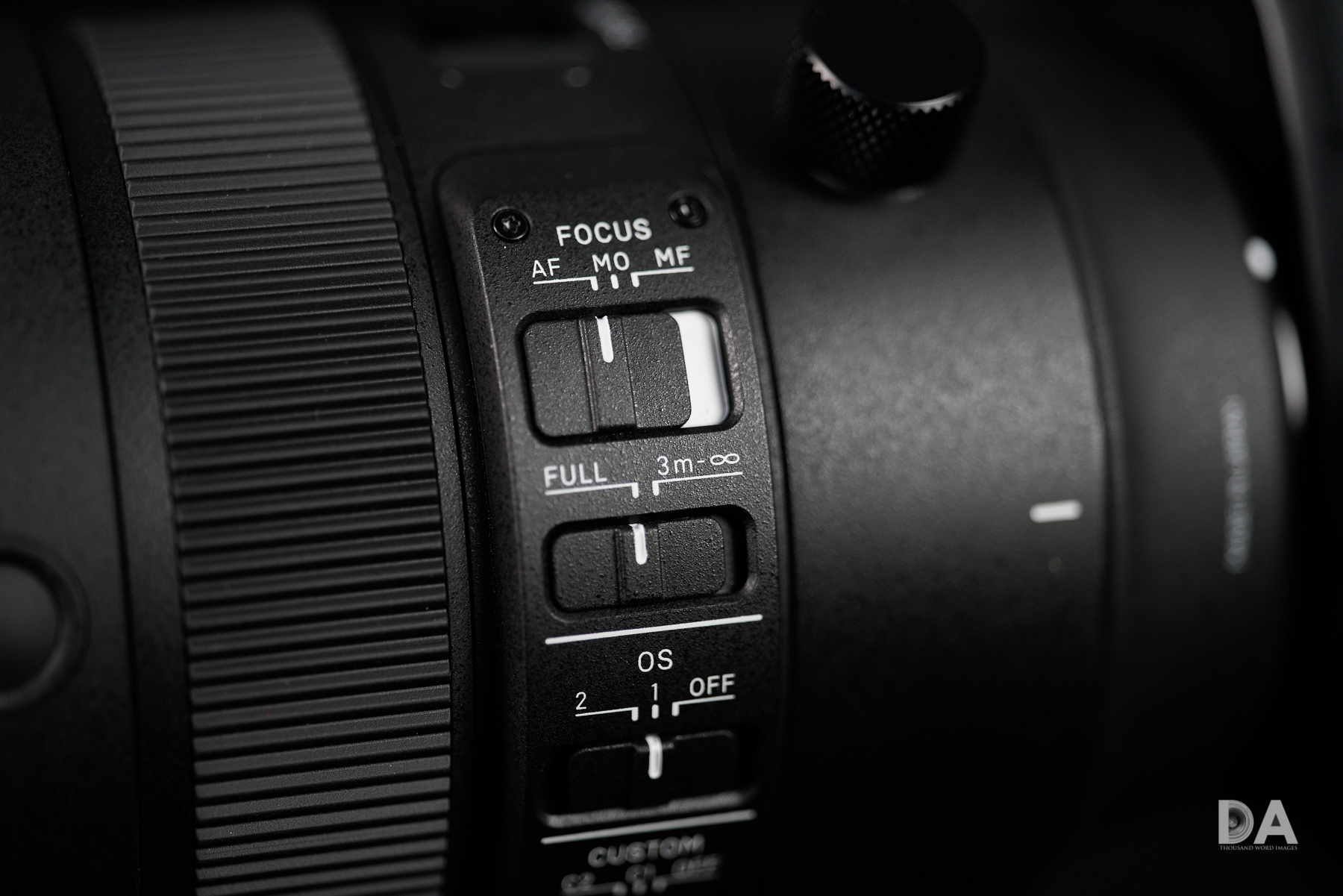
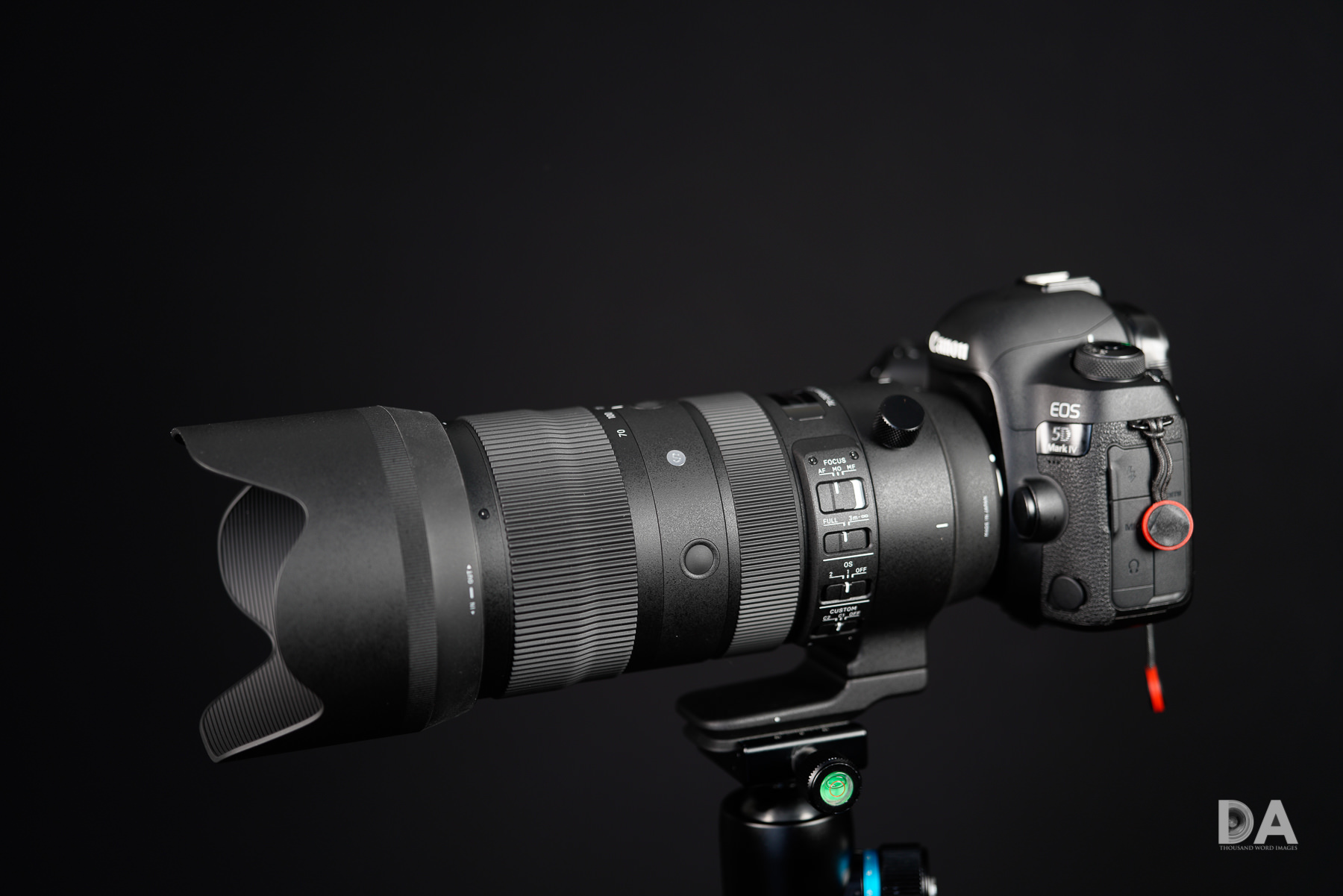
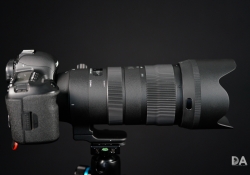
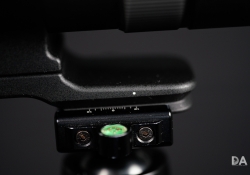
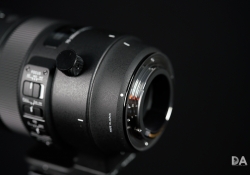


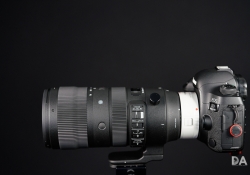



















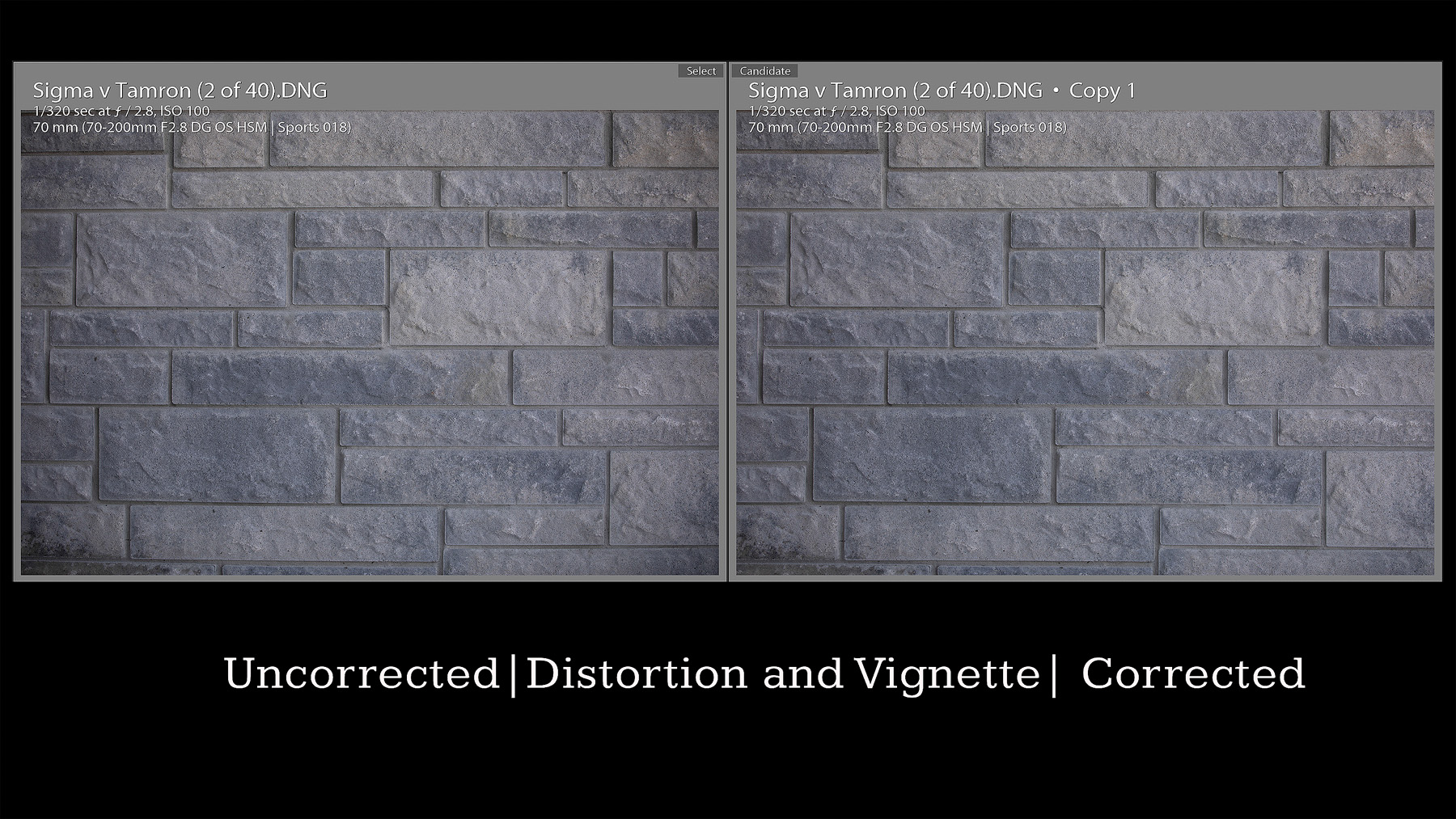
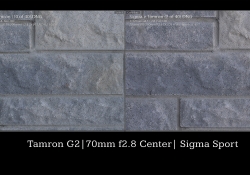
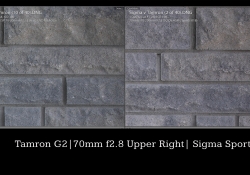
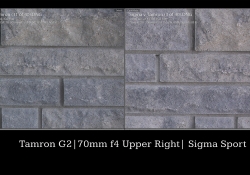
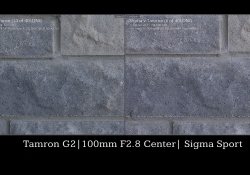
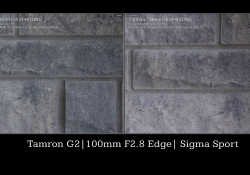

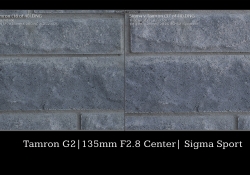




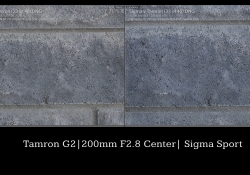
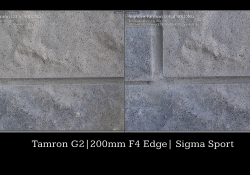
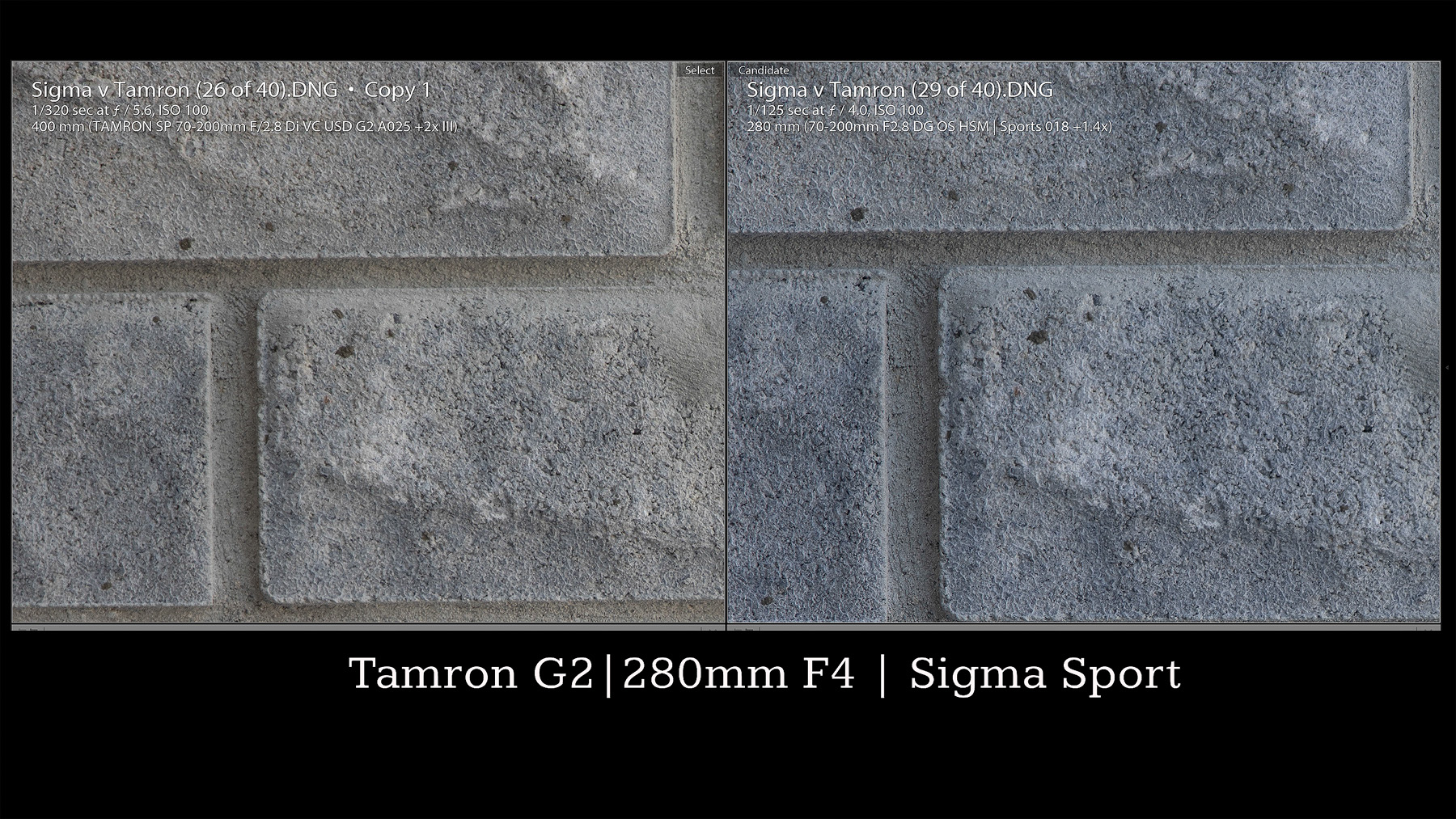

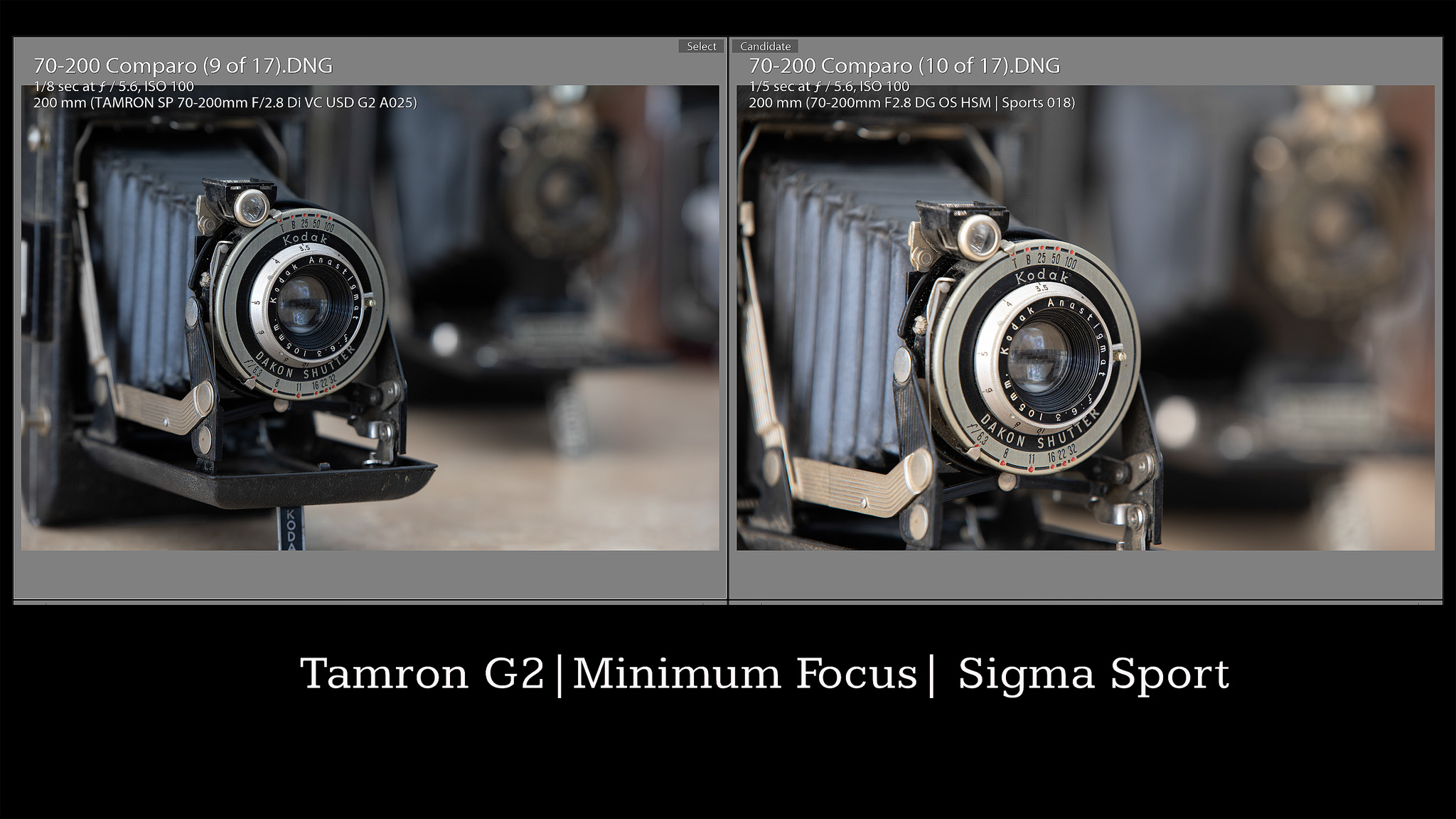
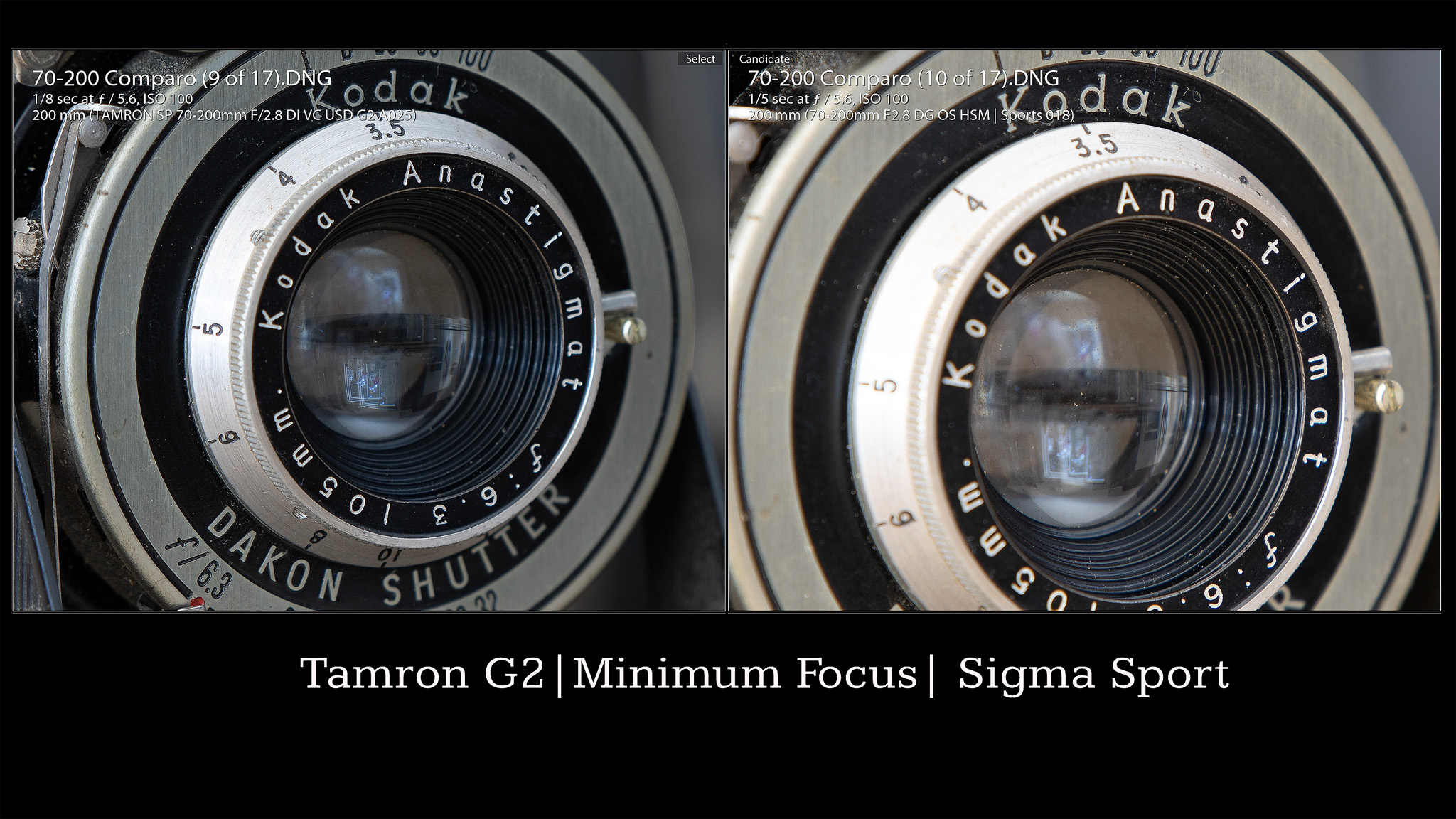
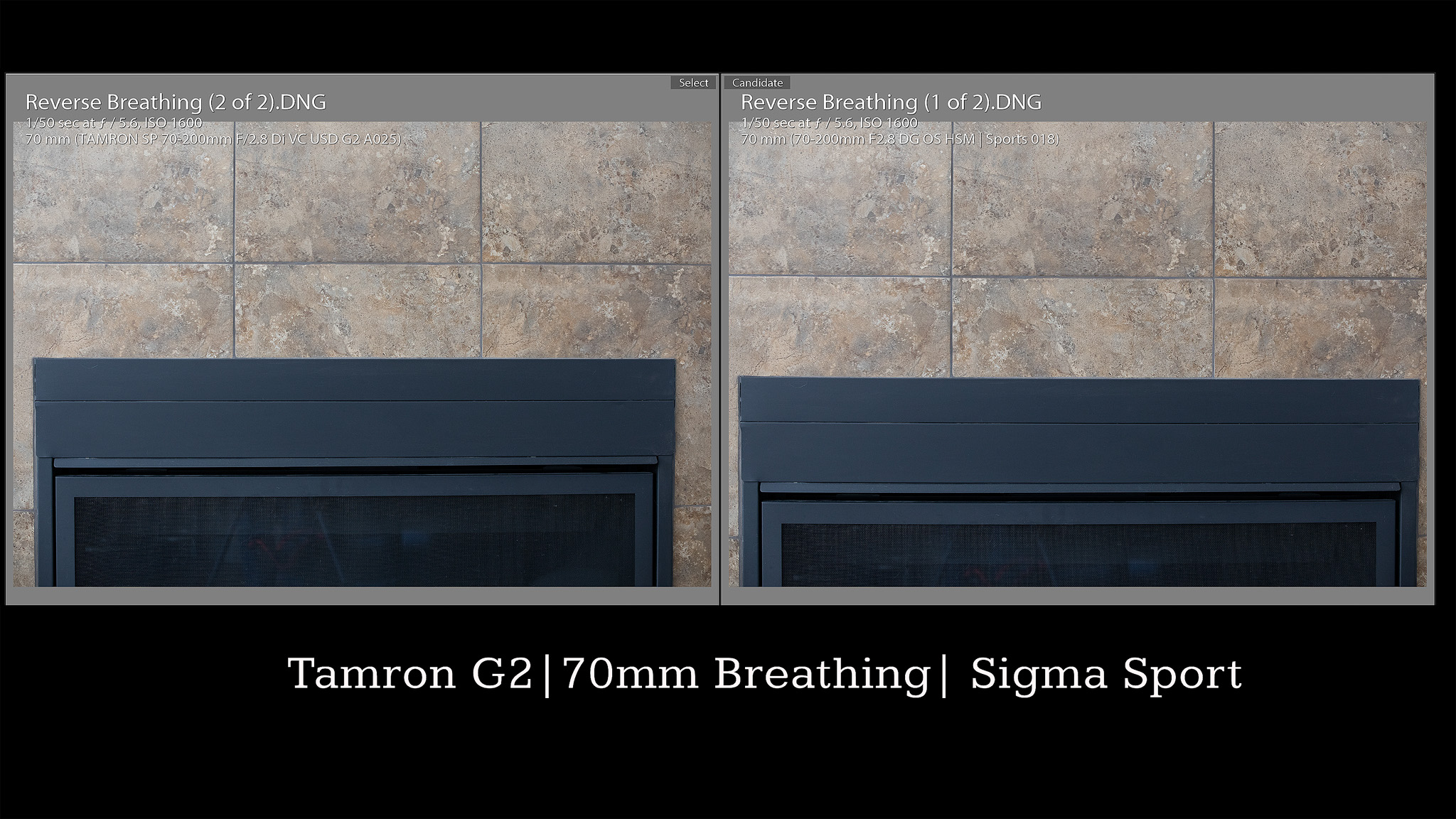






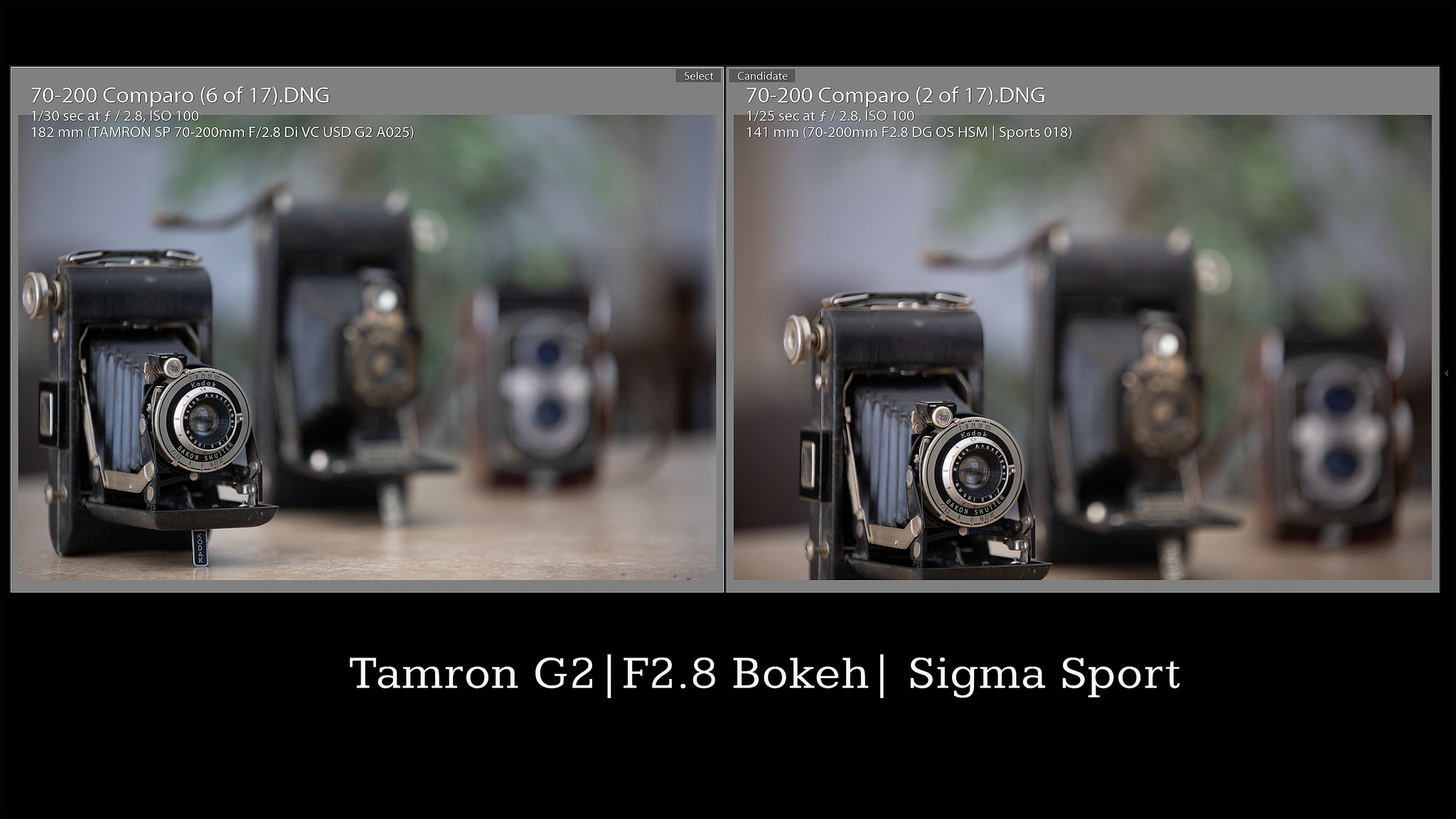


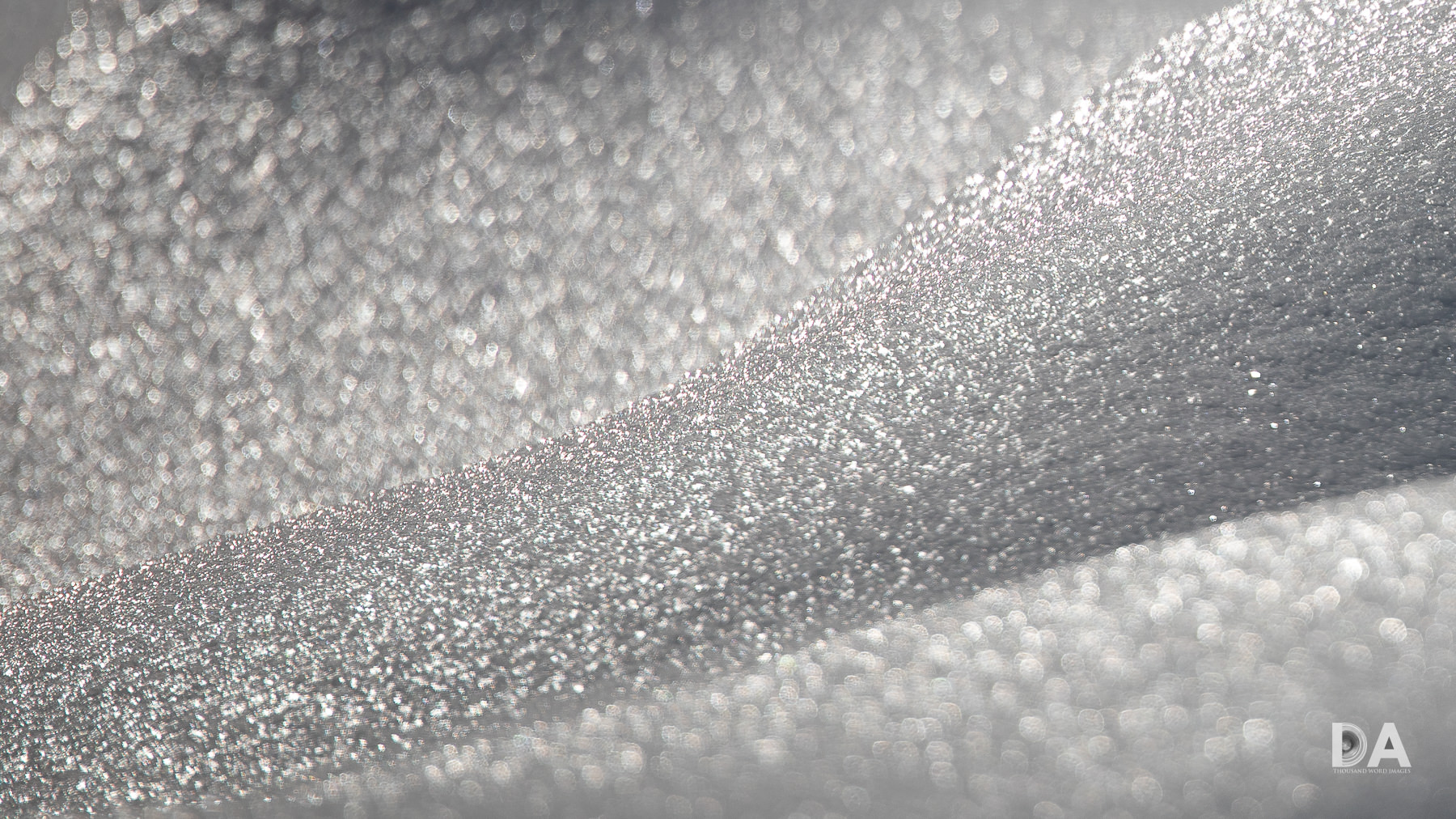
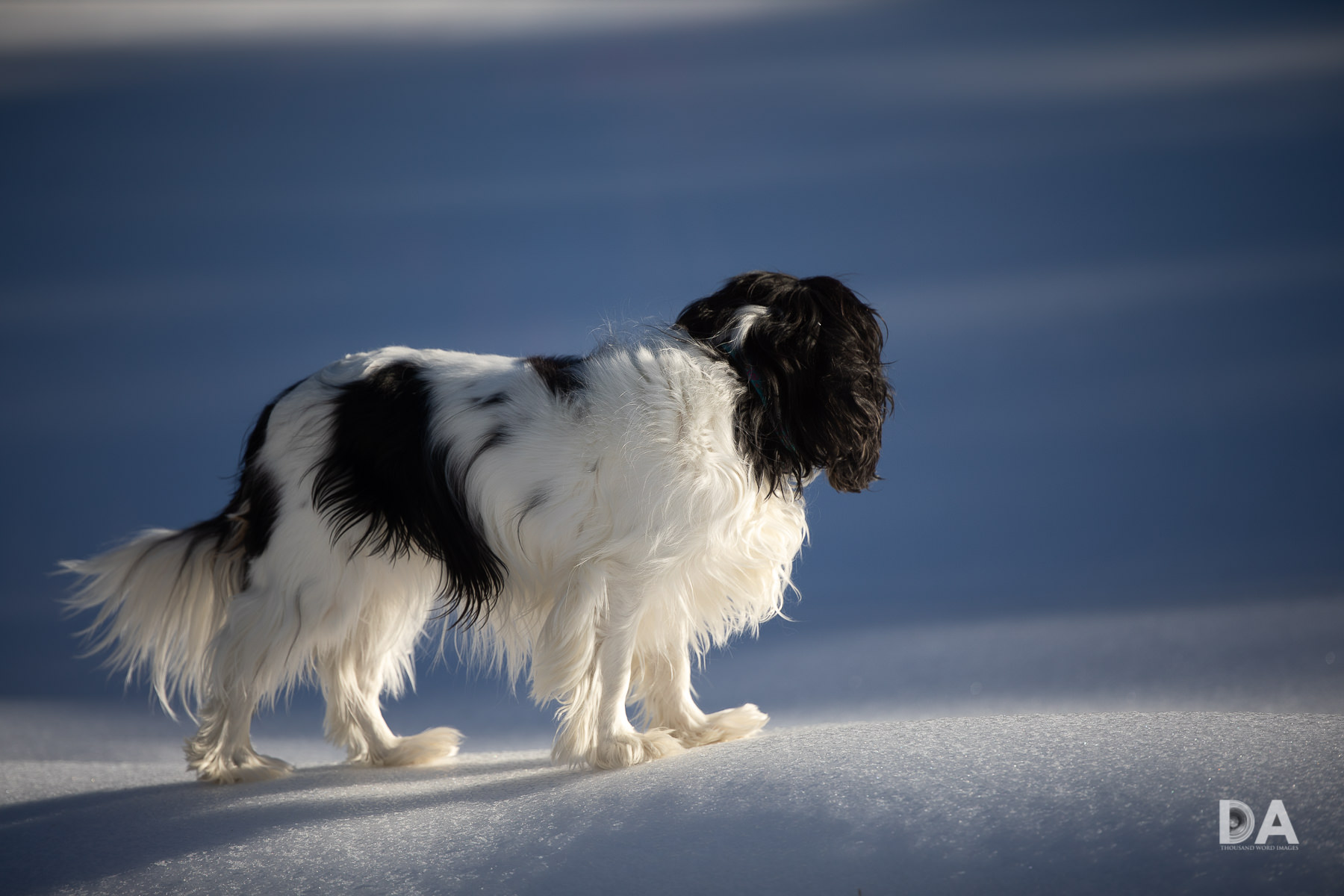







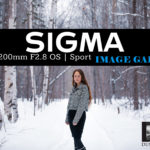


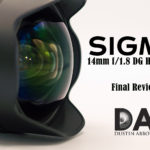

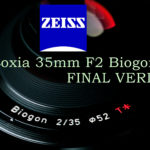
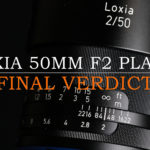

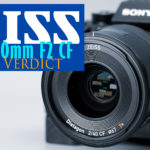
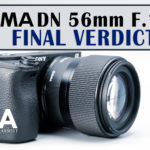
[…] Dustin Abbott (抄訳記事) […]
[…] Dustin Abbottがシグマの交換レンズ「70-200mm F2.8 DG OS HSM S」のレビューを掲載しています。 […]